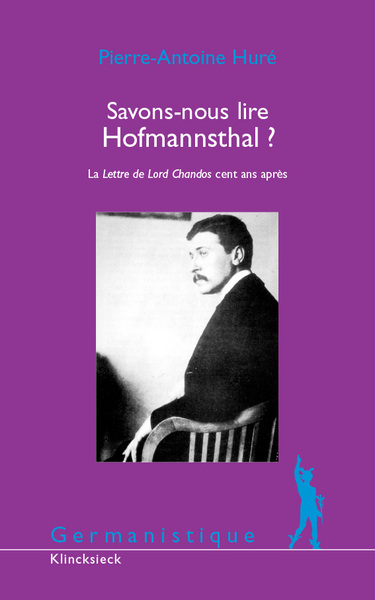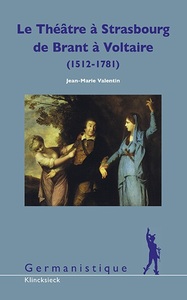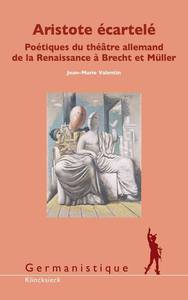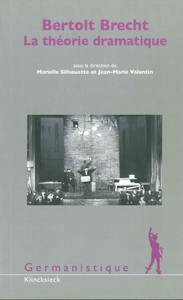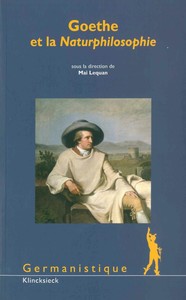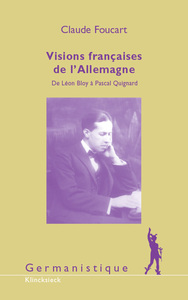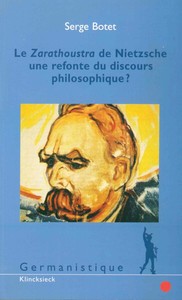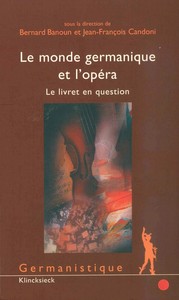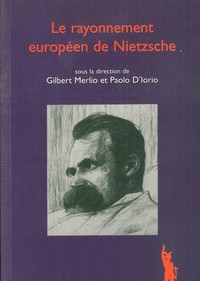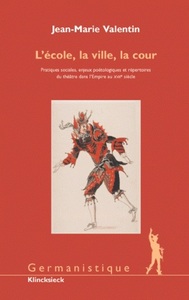Nous utilisons des cookies pour améliorer votre expérience. Pour nous conformer à la nouvelle directive sur la vie privée, nous devons demander votre consentement à l’utilisation de ces cookies. En savoir plus.
SAVONS-NOUS LIRE HOFMANNSTHAL ? - LA LETTRE DE LORD CHANDOS CENT ANS APRES
EAN : 9782252034774
Paru le : 11 oct. 2004
-
 Livraison gratuite
Livraison gratuite
en France sans minimum
de commande -
 Manquants maintenus
Manquants maintenus
en commande
automatiquement -
 Un interlocuteur
Un interlocuteur
unique pour toutes
vos commandes -
 Toutes les licences
Toutes les licences
numériques du marché
au tarif éditeur -
 Assistance téléphonique
Assistance téléphonique
personalisée sur le
numérique -
 Service client
Service client
Du Lundi au vendredi
de 9h à 18h
- EAN13 : 9782252034774
- Collection : GERMANISTIQUE
- Editeur : Klincksieck
- Date Parution : 11 oct. 2004
- Disponibilite : Disponible
- Barème de remise : NS
- Nombre de pages : 120
- Format : 0.00 x 15.00 x 24.00 cm
- Poids : 501gr
- Interdit de retour : Retour interdit
-
Résumé :
The Lettre imaginaire [Imaginary Letter] which young Lord Chandos sent on 22 August 1603 to his oldest brother Sir Francis Bacon (whom he admired) to apologize for being unable to break the silent spell that he had been under, is one of the most fascinating little masterpieces of 20th-century Western literature — as well as one of the most annotated.
His rigorous and empathetic study of this document and its context reveals to us that the modest « imaginary letter to C.B. » outlined by Hofmannsthal in 1927 actually provides insights into his Letter sent to Chandos and Bacon some twenty-five years earlier. The author of this book establishes, for the very first time, that the philosophical content ot the Lettre de Lord Chandos, which shapes the fiction, was directly inspired by Plotinus' Sixth Ennead. He then shows that the signature, addressee and date were carefully coded by the writer according to a coding system in which Sir Francis Bacon was an acknowledged master. From observations to discoveries, the author reveals, layer by layer, the work's vital inner core and its connection with Hamlet, as well as Shakespeare's secret address. Behind the words, a letter also raises a personal challenge : it becomes a propriatory prayer, event though at the age of twenty-eight, the poet prodigy decided to take the extremely risky step of switching from poetry to plays.Pierre-Antoine Huré, a graduate of Institut d'études politiques de Paris and of INSEAD, worked as a producer with Radio France. A researcher in the fields of musicology and comparative literature, he is notably an expert on Hugo von Hofmannsthal. His most recent published works are : Franz Liszt (2003 - co-author) and Hofmannsthal, Elektra. Le Chevalier à la rose, Ariane à Naxos (2002 - bilingual edition).
- Biographie : Diplômé de l'Institut d'études politiques de Paris et de l'INSEAD, a été producteur à Radio France. Chercheur en musicologie et littérature comparée, il est notamment spécialiste de Hugo von Hofmannsthal. Derniers ouvrages parus : Franz Liszt (2003 — en collaboration) et Hofmannsthal, Elektra. Le Chevalier à la rose, Aria à Naxos (2002 — édition bilingue).

